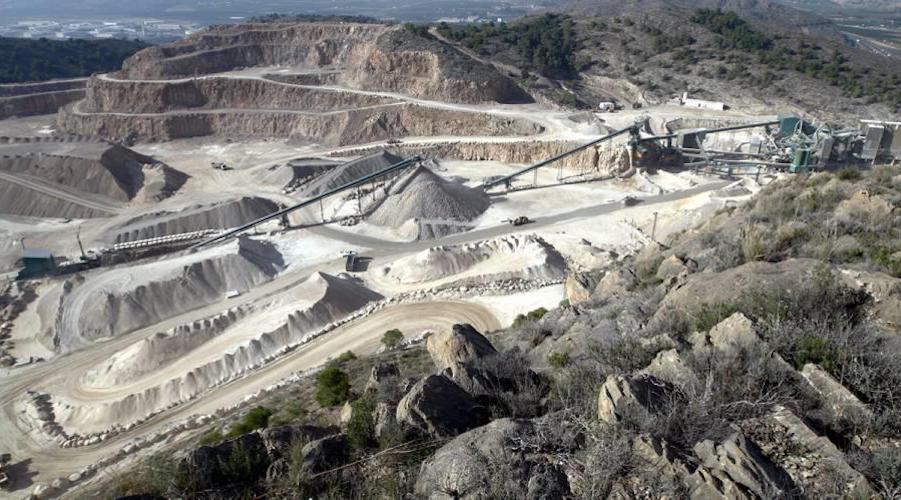
Sixteen organizations across the European Union have joined forces in Dig_IT, a consortium that is going to administer €7-million destined for a project titled A Human-centred Internet of Things Platform for the Sustainable Digital Mine of the Future.
The goal of the project is to digitize processes and operations at different mine sites in the continent, namely La Parrilla tungsten open-pit mine in Spain; the Marini Marmi underground marble mine in Italy; the Titania ilmenite open-pit mine in Norway; the Sotkamo underground silver mine in Finland; and the Hannukainen open-pit iron ore, copper and gold mine in Finland, which is in the process of being reopened.
Dig_IT funds come from Horizon 2020, an EU research and innovation program with nearly €80 billion available in funding, whose goal is to secure Europe’s global competitiveness
Under the management of the Aragón Technological Institute, the project’s objectives are to be achieved by developing an internet-of-things industrial platform or IIoT that integrates and analyzes data from workers, machinery, surrounding environment and markets.
“At a human scale, the platform will gather workers’ biometric information, their location and the environmental conditions in their work areas. At a machinery level, it will monitor the operation, position, and state of the equipment, vehicles and tools employed at the mining operation.
To analyze the surrounding environment, it will register the environmental conditions, for example, the quality of the air and water, the temperature, and also the conditions of the terrain, that is, seismic conditions and slope stability,” project coordinator María García Camprubí said in a media statement.
According to García Camprubí, the tool will also incorporate market data such as supply-demand information and commodity prices.
The project coordinator said that this is not a ‘big-data’ initiative. Rather, the focus will be on the quality of the data and their correct interpretation in real-time to optimize mining processes and operations. To achieve this objective, the consortium will rely on digital technologies, data analysis methodologies, process modelling, generation of digital twins, telecommunications and sensor development.
García Camprubí said special emphasis will be placed on the creation of digital twins to tackle equipment predictive maintenance, soil stability, and air and water quality.
Although each area will be addressed by a different institution, the resulting models will be processed with Caelia Twinkle, a digital twin-building kernel for real-time computer-aided engineering, which will allow integrating the digital twins into each mine’s IIoT platform.
Comments
TechYogJosh
Nice ! One more project to fail with so many cooks cooking the broth. Bring any technology anything you may want, unless you align the incentives of people working on the engagement towards a common goal, inspire them to drive towards larger good, these kind of complex collaboration are bound to fail. Of course, these organizations dont want it to fail, but they realize the challenges, even if they are unwilling or ignorant to accept these. Once you identify the challenges, work towards them to make this a success. Technology is the easier part, its same for all. But what makes such projects success versus failure, is how the people collaborate.